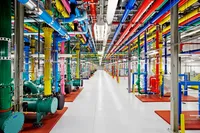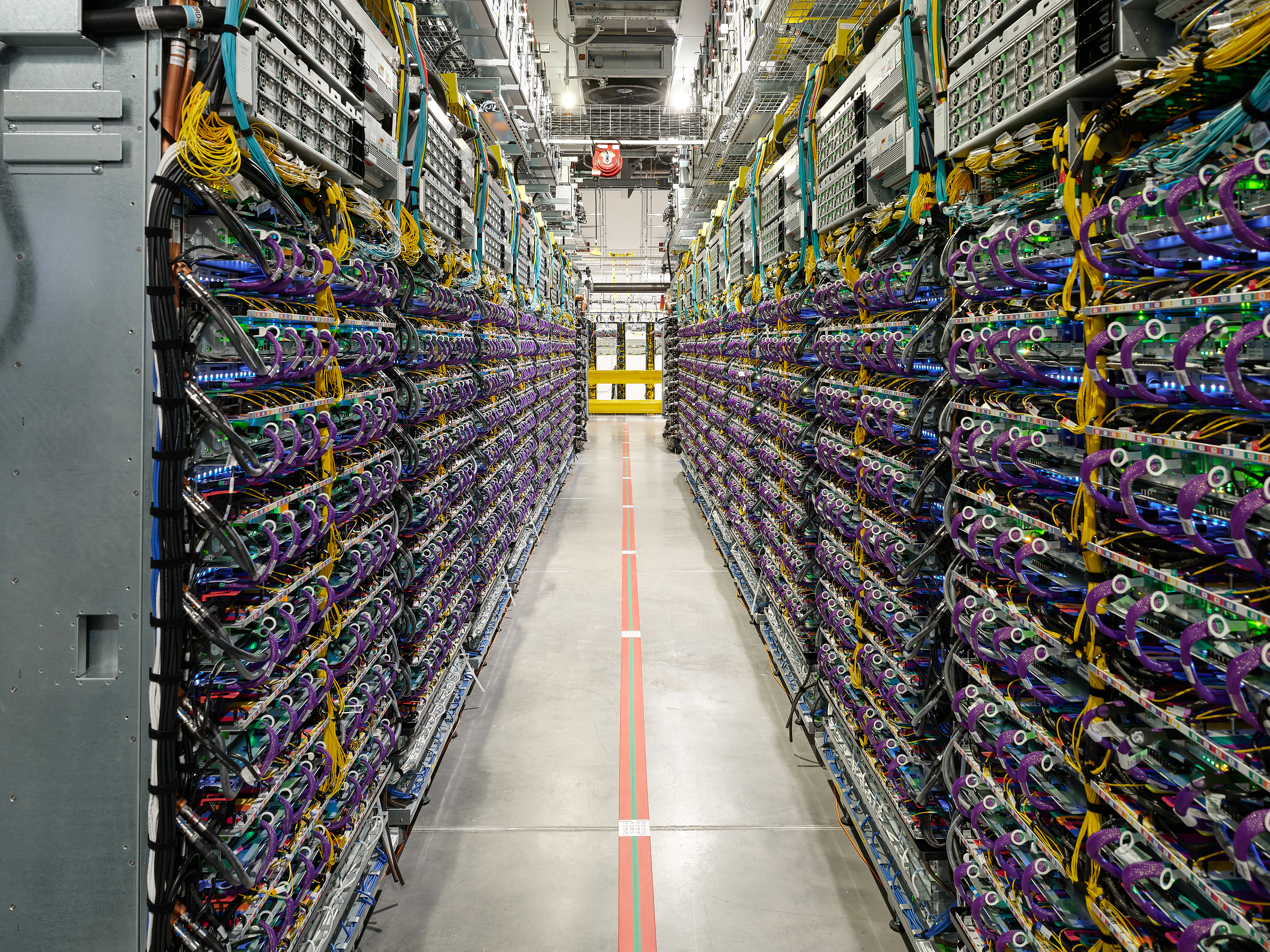Data centers get fit on efficiency

Google’s efforts to build the world’s most efficient data centers are beginning to give back -- in energy. A study just released by the U.S. Department of Energy’s Lawrence Berkeley National Laboratory (Berkeley Lab) shows that in the last five years, data center efficiency has kept energy usage almost flat despite a huge growth in demand for computing power.
In fact, compared to five years ago, we can now deliver over 3.5 times as much computing power for the same amount of electrical power. That means that even though we’re sending more email, watching more YouTube videos, and saving more digital photos, we’re using the same amount of energy.
Let’s dig into some numbers from the report:
- In 2014, U.S. data centers used 70 billion kWh of energy -- equal to powering more than six million homes for a year.
- This is a big shift in energy consumption:
• From 2000 to 2005, usage grew 90 percent.
• From 2005 to 2010, usage grew 24 percent;
• From 2010 to 2014, usage grew 4 percent. - Energy use is expected to increase at the same rate of four percent from 2014 to 2020.
The cloud supports many products at a time, so it can more efficiently distribute resources among many users. That means we can do more with less energy—and businesses can too. In 2013, the Berkeley Lab published research we helped support, indicating that moving all office workers in the United States to the cloud could reduce the energy used by information technology by up to 87 percent. That’s equal to powering the city of Los Angeles for one year.

2013 U.S. Case Study: Energy Efficiency Potential of Cloud-based Software (Berkeley Lab)
Efficiency in data center operations like Google’s comes from shifting to super efficient computing, along with improvements in storage, network and infrastructure, employing more advanced cooling strategies, better power management software, and consolidating servers.
We are focused on creating platforms where everyone can benefit. Google builds hyperscale data centers that are designed to maximize infrastructure efficiency. We also began publishing our efficiency data in 2008 and have been promoting techniques for more efficient energy use to leaders in the IT industry, starting with the first data center efficiency summit in 2009 and our continued advances with machine learning.
These results show the rapid impact efficiency can have on the industry and the persistent opportunity we have to reduce energy use while creating a more powerful web.







